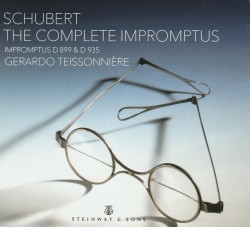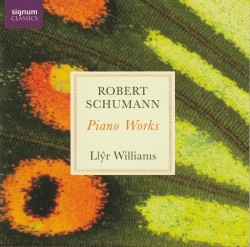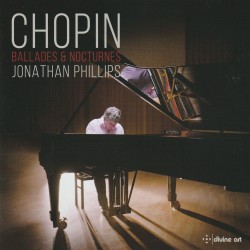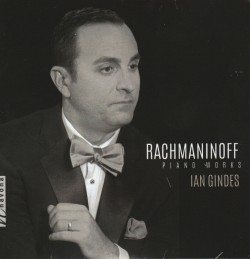Beethoven: Hammerklavier Sonata; Stockhausen: Klavierstück X - Marc Ponthus
 Beethoven – Hammerklavier Sonata; Stockhausen – Klavierstück X
Beethoven – Hammerklavier Sonata; Stockhausen – Klavierstück X
Marc Ponthus
Bridge Records 9584 (bridgerecords.com)
The French pianist Marc Ponthus is a fascinating individual, devoting much of his career to the performance of the 20th century’s most demanding avant-garde music. Known for presenting monographic recitals in which only compositions by Stockhausen, Boulez or Xenakis are performed, Ponthus has carved a unique niche for himself in a pianistic world overrun by repeated presentations of Mozart, Schumann and Chopin.
Not that there’s anything wrong with canonic repertoire, of course, and Ponthus demonstrates this first-hand with his latest recording, putting Beethoven’s monolithic “Hammerklavier” Sonata on the same program as Stockhausen’s landmark Klavierstück X. Aside from the fact that both works are performed on the same instrument, these pieces – composed nearly 150 years apart – are decidedly different: one is the pinnacle of classical sonata form, while the other is a masterwork of contemporary piano literature, an eruption of ordered disorder.
Ponthus’ performance of Klavierstück X is thrilling, his control of this physically and intellectually demanding score immediately apparent. (There are so many glissandi that the pianist is required to wear gloves with the fingers cut off.) Although the first impression of this music may be of chaos, every component of this music is highly prescribed and structured, and Ponthus wrestles Stockhausen’s complex ideas into a profoundly convincing performance.
If the “Hammerklavier” receives a shorter mention here, it is only because of its status as one of Beethoven’s most renowned and striking piano works. Ponthus approaches this music like a chameleon, and it is difficult to believe that this is the same person who was tackling Klavierstück X only a few moments prior. The rhythmic vitality of Beethoven’s writing is brought to the forefront here, and this performance is full of vigour and bravado, while never becoming a caricature of itself.








